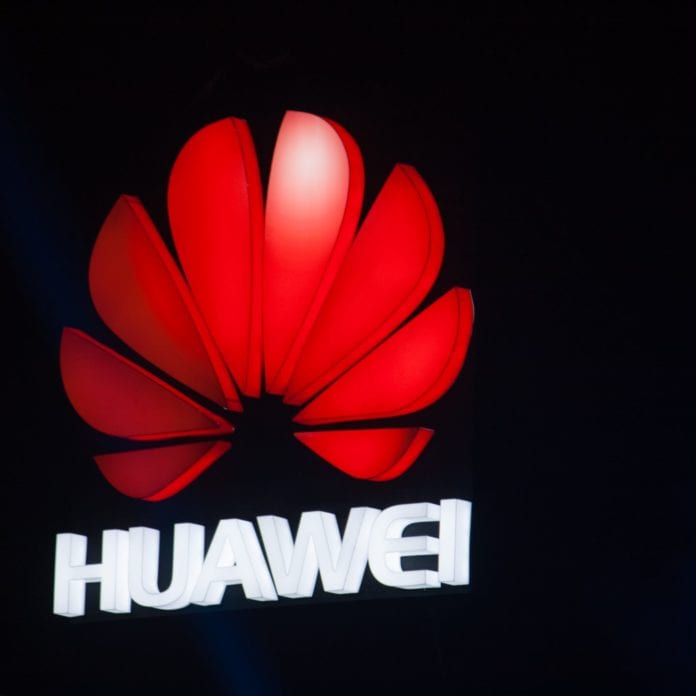Opex is operator’s primary problem, Huawei exec said; RAN is around 12% of per-site capex
Of the big three global infrastructure providers, Huawei has been the least active in formal development of Open RAN-related technical specifications and delivery of compliant products. The reason, according to Huawei’s Chief Technology Officer Paul Scanlan, is because the company doesn’t see disaggregated radio systems as addressing pressing problems their operator customers face.
In a recent virtual event Huawei hosted for media and analysts, Scanlan threw out some numbers related to capex and opex on a per-site basis, noting that about 30% of site cost is rental fees, 17% is backhaul, another 12% or 13% is power. His point was that most of the cost associated with a radio site is operational; on the capex side, he said RAN expenses are about 12%.
On Open RAN, “In my opinion, it’s not really going to happen the way everyone might like…I think theres a bit too much hype. Everybody touts cost, cost, cost, capex, capex. But a telecom operator’s problem is not capex. It’s actually opex.”
Asked by RCR Wireless News about the shifting value proposition of Open RAN–away from straight capex/opex reduction and towards distributing cloud-based, automated intelligence throughout a network as a function of hardware/software disaggregation, Scanlan said, “The jury is really out there. You do have a lot of people that are pushing that component…The concept of a more generic type of hardware with software modules.”
He continued: “We focused down on the problem the operator has. Where are you seeing some deployment, trial deployments, of Open RAN technology is in rural areas. Why rural areas? We’ve got to start somewhere I guess. If it’s not going to work terribly well, it’s a rural population.”
While he’s correct that some operator are focusing Open RAN deployment and trial activity on rural areas, the cloud-native, Open RAN 4G/5G network constructed in Japan by Rakuten Mobile would serve as a reasonable counterpoint to the argument that Open RAN systems aren’t ready for urban deployment.
Another issue with the overall trajectory of Open RAN as Scanlan sees it is that attendant technical work is run though the operator-led O-RAN Alliance, not the 3GPP. “My suggestion would be to push it into the 3GPP,” he said. “What you get in the 3GPP is 200-odd countries collaborating with even more vendors and contributors from academia and others to make a standard so you can have interoperability because that’s what you need.”
Big picture, Scanlan said, he’s not saying that Open RAN is “not going to happen. But I’m not sure whether…is it too late practically?”

